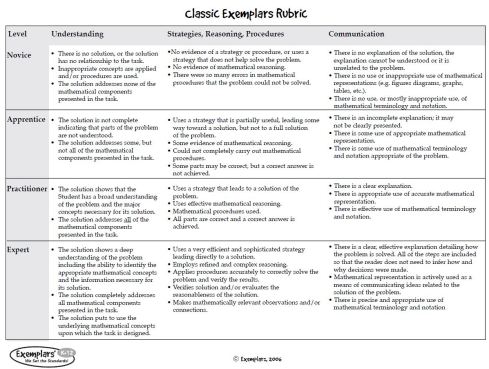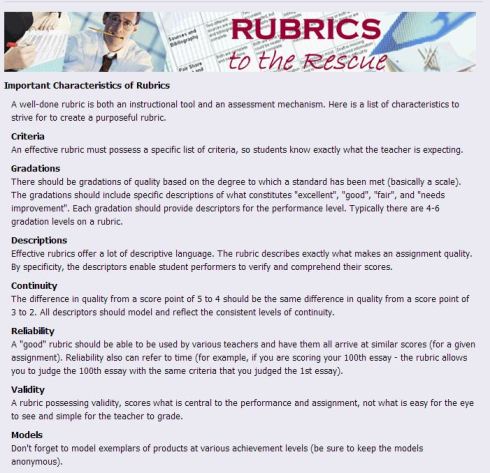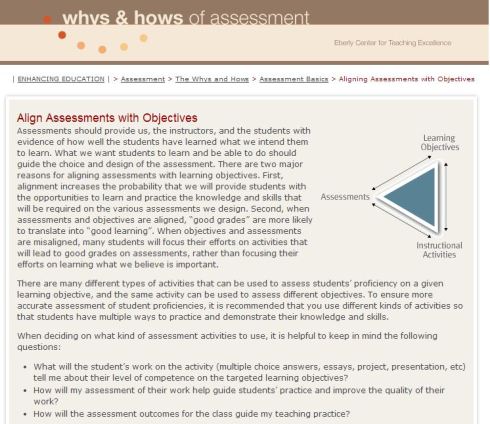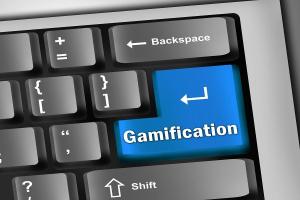Gamifying Student Engagement | Edutopia
22 DecEducators are constantly looking at new methods to provide their students with the knowledge and resources they need to succeed in their educational ventures. Gamification is one popular method popping up in many classrooms and one-shot instructions.
Gamifying Student Engagement | Edutopia.
Principles can drive gamification in learning: ( From http://www.upsidelearning.com/blog/index.php/2012/11/14/gamification-in-learning/)
- Provide ways for users to ‘show’ status
- Provide a way for users to compare and rank their relative performance
- Provide clear levels for user progression
- Include elements that encourage competition
- Provide digital immersion to the best extent possible
- Allow for sharing and personalization
Modules 4-6
10 DecModules 1-3
10 Decmodule 1 EDS 113 Search Cite Define Clarify 2013
module 2 EDS 113 Alignment 2013
02.1 Formative Assessment Strategies
02.2 Formative Assessment Strategies 2
02.3 Improve-learning-through-formative-assessment
02.4 Types of Formative Assessment
3.1 MODULE Assessment OF Learning
3.1.1 HANDOUT-First Stesps in Knowing Our Assessments-Assessment OF Learning
3.2 MODULE Assessment FOR Learning
3.2.1 Webcast and Viewing Guide – Alternative Assessment
3.3 MODULE Assessment AS Learning
Earl – Rethinking Classroom Assessment with Purpose in Mind 1-





Final Entry
22 DecAnd.. finally, this is my final entry for my ejournal…..
I would like to start off by saying Thank you to Teacher Malou for her patience and her reminders of the tasks submitted for this course.
As what we have learned, assessment is a central element in the overall quality of teaching and learning. Well-designed assessment sets clear expectations, establishes a reasonable workload (one that does not push students into rote reproductive approaches to study), and provides opportunities for students to self-monitor, rehearse, practise and receive feedback.
The relationship between assessment practices and the overall quality of teaching and learning is often underestimated, yet assessment requirements and the clarity of assessment criteria and standards significantly influence the effectiveness of student learning. Carefully designed assessment contributes directly to the way students approach their study and therefore contributes indirectly, but powerfully, to the quality of their learning.
We know that the typical multiple-choice and short-answer tests aren’t the only way, or necessarily the best way, to gauge a student’s knowledge and abilities. Other institutions are incorporating performance-based assessments into their standardized tests or adding assessment vehicles such as student portfolios and presentations as additional measures of student understanding. These rigorous, multiple forms of assessment require students to apply what they’re learning to real world tasks. These include standards-based projects and assignments that require students to apply their knowledge and skills, such as designing a building or investigating the water quality of a nearby pond; clearly defined rubrics (or criteria) to facilitate a fair and consistent evaluation of student work; and opportunities for students to benefit from the feedback of teachers, peers, and outside experts.
One of the important realizations I have in learning this course is that assessment should be tailored to a specific purpose and should be reliable, valid, and fair for that purpose. Assessments designed for one purpose are not necessarily valid if used for other purposes. Assessment is therefore a potent strategic tool for educators with which to spell out the learning that will be rewarded and to guide students into effective approaches to study. Equally, however, poorly designed assessment has the potential to hinder learning or stifle curriculum innovation.